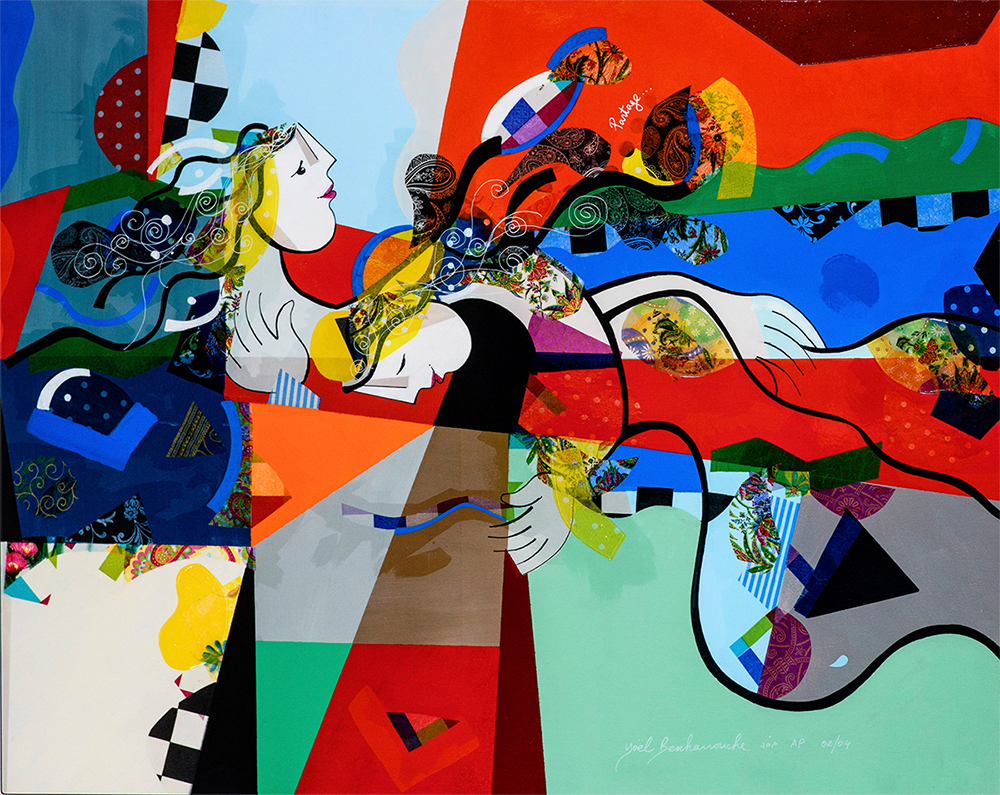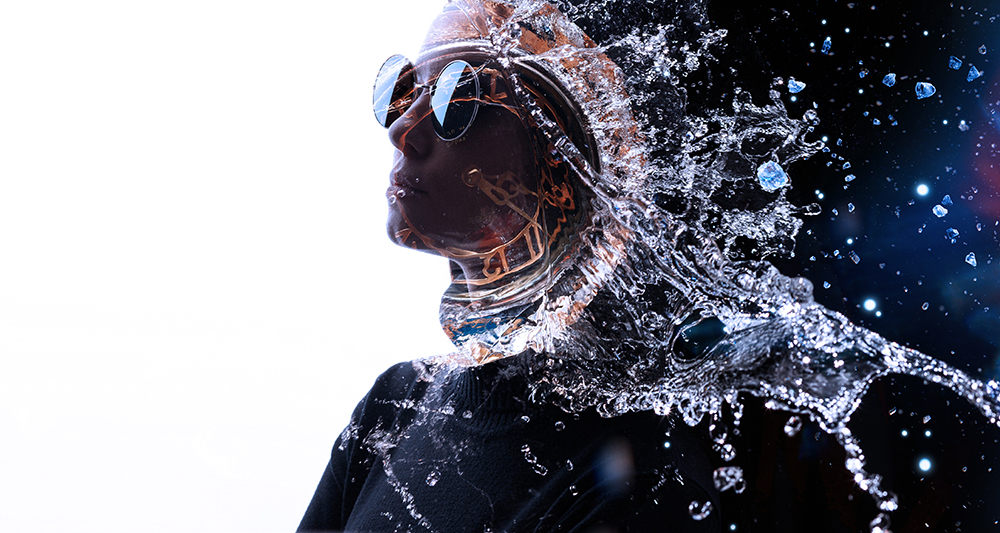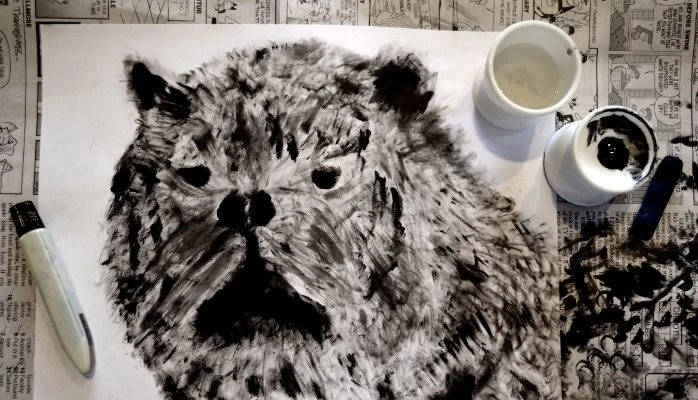Graphic design, a field constantly evolving, is witnessing a remarkable amalgamation of traditional and digital art forms. While the digital realm offers precision and speed, traditional art brings in a unique touch of authenticity and craftsmanship. This fusion has sparked a revolution in the way designers approach their craft, leveraging the best of both worlds.
Table of contents
Understanding Traditional Art in Graphic Design
Traditional art techniques, steeped in history and culture, have been foundational to graphic design. Techniques like hand-drawing, painting, and printmaking provide a rich foundation for designers. These methods not only offer a deep understanding of artistic principles but also serve as an inspiration for modern digital designs.

In addition, traditional art’s tactile nature often adds a level of emotional connection and authenticity to the final graphic design work.
The Rise of Digital Art in Graphic Design
With the advent of technology, digital tools have transformed the landscape of graphic design. Software applications like Adobe Creative Suite, Procreate, and Illustrator have become integral to the creative process. The precision, flexibility, and endless possibilities offered by digital tools have reshaped how designers conceptualize and execute their ideas.
Moreover, digital art allows for easy experimentation, quick iterations, and seamless collaboration, making it a cornerstone of contemporary graphic design practices.

Technological Transformation:
- Digital tools have revolutionized graphic design, altering the way designers create visuals.
Software Integration:
- Applications like Adobe Creative Suite, Procreate, and Illustrator have become essential, facilitating the creative process.
Precision and Flexibility:
- Digital tools offer precise control and flexibility, enabling designers to execute intricate ideas with ease.
Expanded Possibilities:
- The digital realm provides endless possibilities, allowing for experimentation and innovation in design concepts.
Iterative Processes:
- Quick iterations are achievable in digital art, speeding up the design process and refining ideas efficiently.
The Marriage of Traditional and Digital Art
The fusion of traditional and digital art forms a symbiotic relationship, where each complements the other’s limitations. Designers now leverage the authenticity of traditional techniques while harnessing the efficiency of digital tools. Techniques like scanning hand-drawn illustrations for digital manipulation or integrating digital effects into traditional art exemplify this harmony.
However, achieving this fusion requires a delicate balance, often demanding a mastery of both traditional and digital mediums.

Benefits and Challenges of Fusion
The synergy between traditional and digital art brings forth numerous benefits. It allows for greater artistic expression, flexibility in design approaches, and a broader creative spectrum. Moreover, this fusion encourages innovation and opens doors to unique design possibilities that wouldn’t be achievable solely through one medium.
However, challenges such as mastering diverse skill sets, maintaining artistic integrity, and workflow integration can pose hurdles in achieving a seamless fusion.
| Concept | Description |
| Greater Artistic Expression | Expanding creative boundaries for deeper expression |
| Mastering Diverse Skill Sets | Acquiring proficiency in various artistic skills |
| Flexibility in Design Approaches | Adapting different methods for creative work |
| Maintaining Artistic Integrity | Upholding originality and artistic vision |
| Broader Creative Spectrum | Having a wide range of creative possibilities |
| Workflow Integration | Seamless incorporation of processes and tools |
| Encourages Innovation | Stimulates original and inventive ideas |
| Balancing Traditional & Digital | Integrating conventional and modern techniques |
| Opens Unique Design Paths | Unveiling new and distinctive creative avenues |
| Technical Compatibility | Ensuring compatibility with different systems |
Impact on Modern Graphic Designers
For modern designers, embracing this fusion means adapting and enhancing their skill sets. It encourages a broader perspective, fostering a holistic approach to problem-solving within the industry. Professionals adept in both traditional and digital techniques are in high demand, showcasing the importance of embracing this synthesis.
Furthermore, this fusion empowers designers to cater to diverse client needs and stay competitive in the dynamic graphic design landscape.
Future Prospects: Trends and Innovations
Looking ahead, the fusion of traditional and digital art is expected to continue evolving. Emerging trends like mixed media, augmented reality integration, and generative design showcase the limitless possibilities of this fusion. Moreover, innovations in technology will further blur the lines between the two realms, pushing the boundaries of graphic design.
Conclusion
The fusion of traditional and digital art in modern graphic design represents a pivotal moment in the evolution of the field. By embracing the strengths of both worlds, designers can unlock unprecedented creativity, redefine artistic boundaries, and shape the future of visual communication.
Readmore : 5 Ways to Improve Your Graphic Design Skills
Readmore : Graphic Designing: Why It Matters
FAQs
Blending both allows for a broader creative spectrum, fostering innovation and flexibility in design approaches.
Challenges include mastering diverse skill sets, maintaining artistic integrity, and workflow integration.
Emerging trends include mixed media, augmented reality integration, and advancements in generative design.
Embracing this fusion enhances adaptability, caters to diverse client needs, and ensures competitiveness in the industry.




